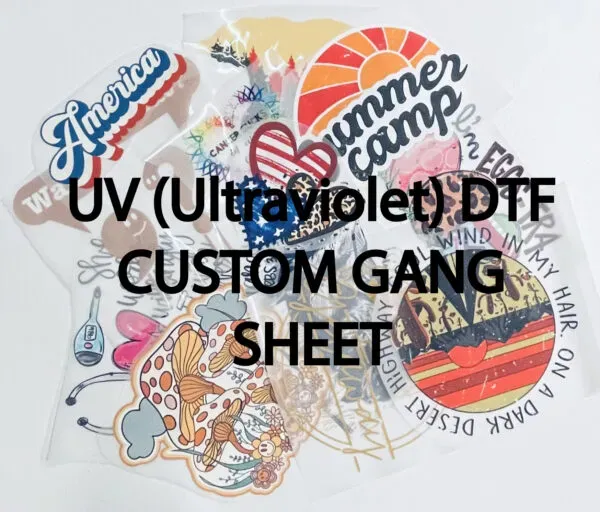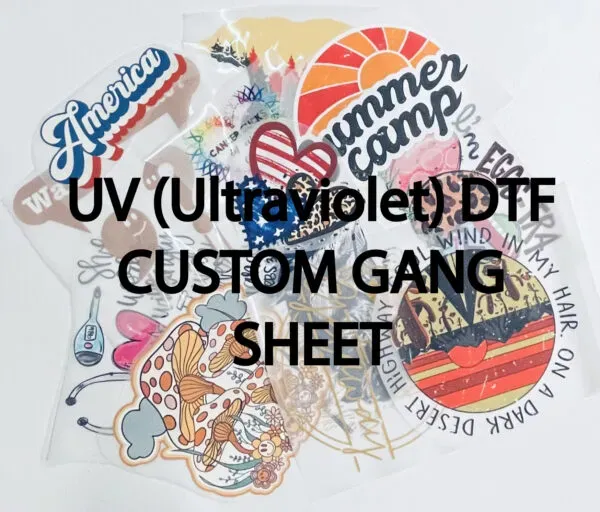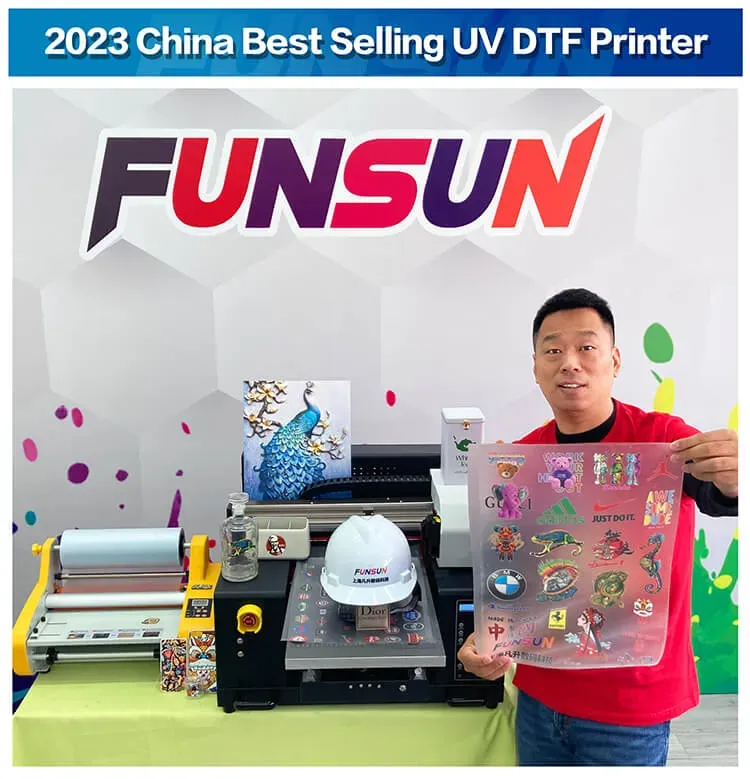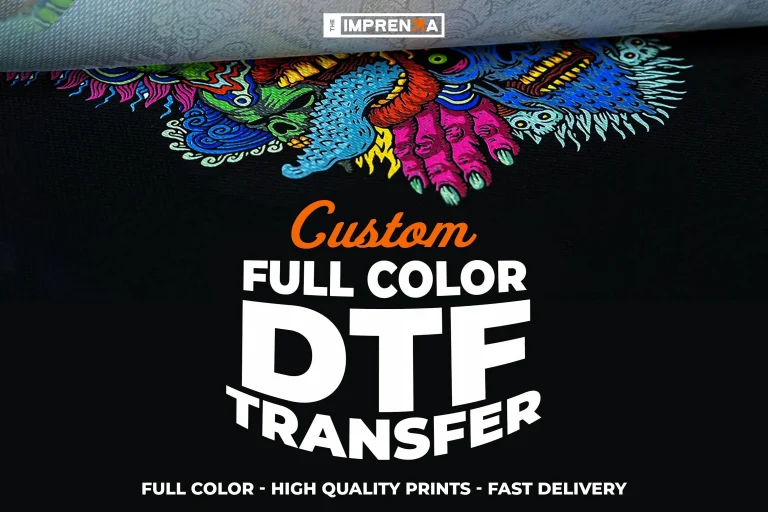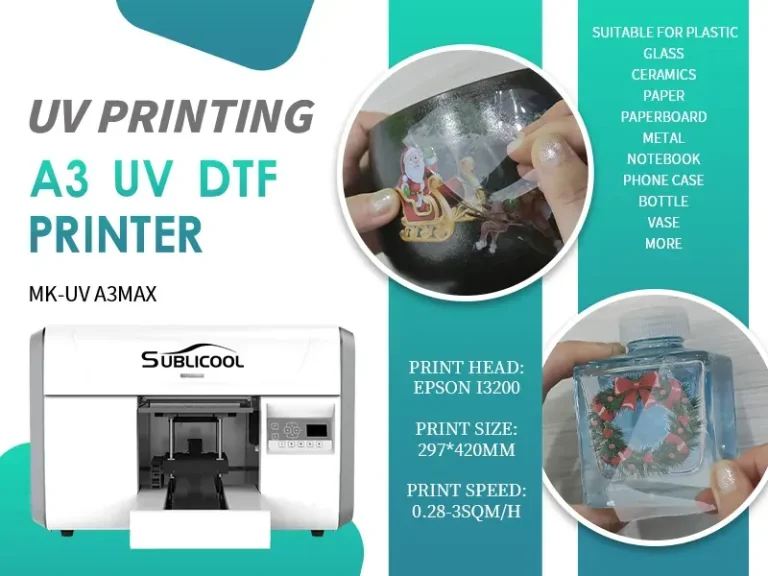
In the ever-evolving world of printing, UV DTF technology has emerged as a groundbreaking solution that is transforming traditional methods. This innovative printing technology blends the advantages of UV printing with direct-to-film capabilities, resulting in exceptionally vivid and durable prints across a multitude of substrates. As businesses increasingly prioritize quality and sustainability, UV DTF technology stands out as a versatile option that minimizes waste while maximizing print quality. Whether it’s for textiles or plastics, this approach not only boosts productivity but also meets the growing demand for eco-friendly practices in the printing industry. With its impressive ability to deliver high-resolution graphics, UV DTF technology is set to redefine the future of sustainable printing, offering unmatched possibilities for customization and creativity.
Also referred to as direct-to-film printing, UV DTF technology leverages the strengths of cutting-edge printing techniques to achieve remarkable results. This advanced method utilizes LED UV curing to enhance print quality, making it suitable for a wide range of materials, from apparel to promotional products. As the demand for sustainable printing solutions grows, alternative approaches like direct-to-film systems prove to be pivotal in reducing environmental impacts while delivering exceptional graphics. The technology’s ability to create durable and vibrant images further cements its place as a vital player in modern printing applications. As industries embrace this innovative printing technology, we can anticipate a significant shift towards more efficient and eco-conscious practices.
Understanding the Basics of UV DTF Technology
UV DTF (Direct to Film) technology is revolutionizing the printing industry with its unique method of image transfer. The process begins with printing an image onto a special film using UV inks, which are cured instantly as they are printed. This not only creates vibrant and detailed images but also allows the printed design to be transferred onto a variety of substrates, from textiles to rigid materials. Unlike traditional methods, UV DTF eliminates the need for transfer paper, reducing waste and streamlining the production process.
The versatility of UV DTF technology lies in its compatibility with various materials. From apparel and accessories to promotional items, it can effectively print on surfaces that would traditionally be challenging for standard processes. This adaptability has made UV DTF increasingly popular among businesses looking to diversify their product offerings while maintaining high-quality standards.
Frequently Asked Questions
What is UV DTF technology and how does it work?
**UV DTF technology**, or UV Direct to Film printing, is an innovative printing method that combines UV printing techniques with direct-to-film technology. It allows for vibrant, high-quality prints on various substrates, using LED UV curing to enhance durability and print quality. This technology is ideal for creating detailed graphics that are resistant to fading and wear.
How does UV DTF technology compare to traditional UV printing?
When comparing **UV DTF technology** to traditional UV printing, one key advantage is its versatility. UV DTF can print on a broader range of materials, including textiles and plastics. Additionally, the use of direct-to-film processes allows for higher print quality and faster production times while reducing waste, making it a more efficient option.
What are the sustainability benefits of UV DTF technology?
**UV DTF technology** contributes to sustainability in printing by utilizing less ink, minimizing waste, and eliminating harmful solvents found in traditional printing methods. This eco-friendly approach aligns with the growing demand for sustainable printing solutions, allowing businesses to operate more responsibly while still achieving high-quality outputs.
What industries can benefit from UV DTF printing?
Various industries can benefit from **UV DTF technology**, including apparel, signage, and promotional products. This printing technology’s ability to produce customized merchandise and fast turnaround times makes it an attractive option for businesses looking to fulfill diverse customer demands quickly and efficiently.
What advancements are being made in UV DTF printing technology?
Recent advancements in **UV DTF technology** focus on improving print quality and production speed. Manufacturers are introducing new printer models with faster print speeds, enhanced features, and expanded media compatibility. Software innovations also play a role, streamlining workflows and enhancing the efficiency and accuracy of the printing process.
How does UV DTF technology enhance print quality?
**UV DTF technology** enhances print quality through the use of LED UV curing systems, which provide excellent color vibrancy and sharp detail. The process allows for improved resolution and durability, ensuring that prints are resistant to scratches and environmental factors, thus maintaining their appeal over time.
| Key Aspect | Description |
|---|---|
| What is UV DTF Technology? | A printing method that combines UV printing and direct-to-film processes to produce vibrant, durable prints on various substrates. |
| Enhanced Print Quality and Durability | Offers high resolution and color vibrancy, with prints resistant to scratches and environmental factors due to LED UV curing. |
| Sustainability and Environmental Considerations | Uses less ink and eliminates harmful solvents, aligning with eco-conscious business practices. |
| Market Growth and Innovation | Expected significant growth in industries like apparel and signage, with innovation in printer features and speed. |
| Diverse Applications | Used in custom merchandise, promotional products, and personalized gifts, enhancing customer satisfaction. |
| Technological Innovations Driving Progress | Includes software advancements for workflow optimization and AI integration for better design accuracy. |
Summary
UV DTF technology is revolutionizing the printing industry by combining innovative methods that enhance print quality and sustainability. As businesses adapt to the needs of a modern market, this technology stands out for its ability to produce vibrant prints on a variety of substrates while significantly reducing environmental impact. Companies employing UV DTF technology benefit not only from high durability and a wide range of applications, but they also position themselves as leaders in adopting sustainable practices in printing. As the market for this technology continues to grow, businesses that embrace UV DTF will find exciting opportunities to meet customer demands and improve operational efficiency, securing their place in a dynamic marketplace.

